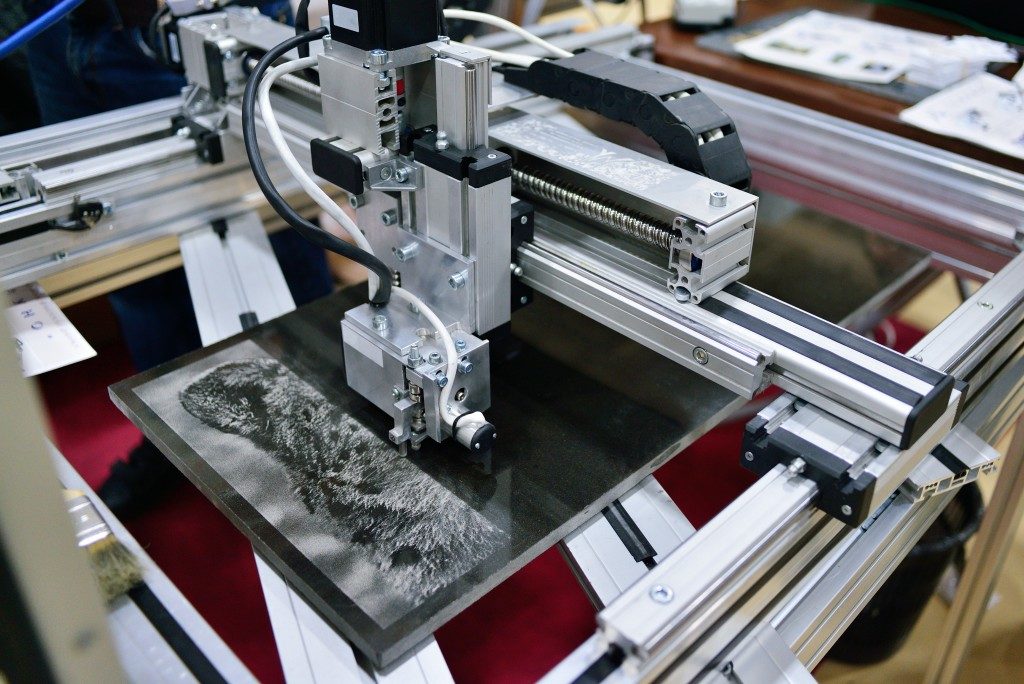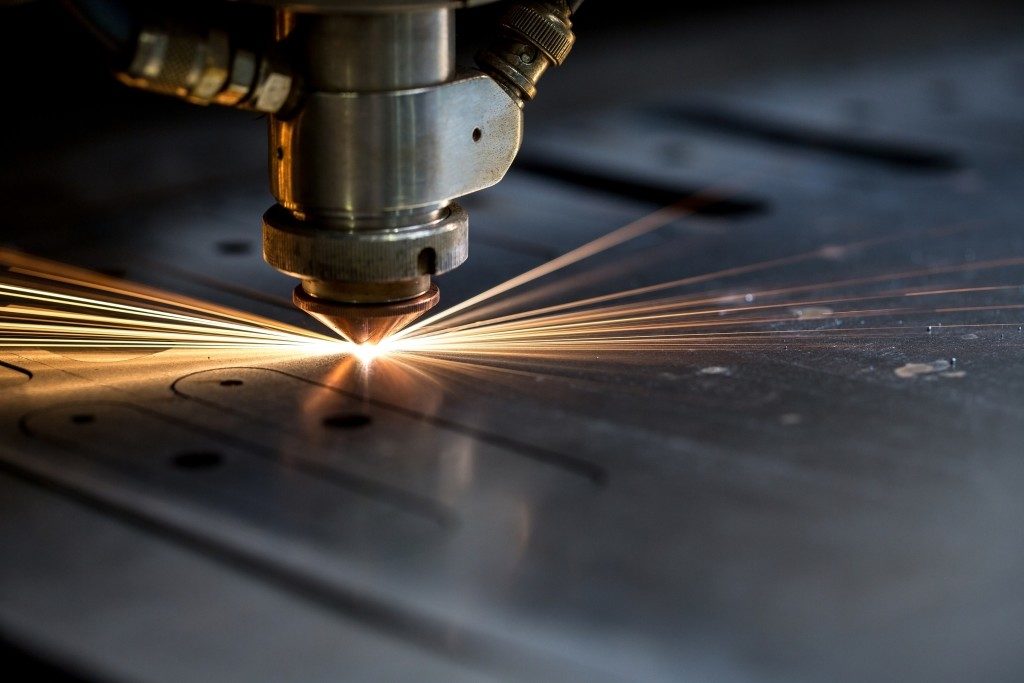With the current competition in business, entrepreneurs are looking for ways to make their products stand out on store shelves. The conventional technique of ensuring products stand out is the use of eye-catching labels. These might have actualized returns in the past but not anymore. The best way to stand out now is to include exceptional designs on your product rather than its packaging. This option will also negate the need for bulky packaging and reduce your production costs.
Tombstone and mug engraving are the typical things you might visualize when you hear of including an elaborate design on your products. Engraving using modern laser cutting techniques is the ideal technology for the inclusion of almost any design on all wooden, metallic, glass and stone materials. This is a form of non-contact cutting that will use a dense, and high energy light beam focused on one spot to cut material. Here are the cutting techniques you can employ using laser engravers to get a design that will ensure your products stand out.
Fusion Cutting
In this technique, your material will be partially melted, then the molten material will be ejected using airflow. The laser beam used in fusion cutting is combined with a pure inert cutting gas that will cause the molten material to flow out of the slots. The cutting speed of your process will be increased with an increase in the laser power and reduced when cutting very thick plates and materials with high melting temperatures. Fusion cutting is generally used on metals.
Vaporization Cutting

This uses very high heat levels to make keyhole cuts. The surface temperature of your product’s material will be increased to a boiling point so fast such that the material will avoid the melting generated by heat conduction. A portion of your material will vaporize while the rest is blown using an auxiliary gas flow leaving a cut. Vaporization cutting is used for materials that will not melt like wood and carbon.
Fracture-Controlled Cutting
This is used for brittle materials susceptible to heat damage. In fracture-controlled cutting, a laser beam will heat a small part of the material. This generates a significant thermal gradient and mechanical deformation that cracks the material. You can guide this crack in any direction by balancing and maintaining your heating gradient to create your desired design.
Oxidation Melting Cutting
This uses a reactive gas or oxygen, unlike other methods that employ an inert gas. The material you are cutting will chemically react with the oxygen to generate a violent reaction that generates additional heat and melts the material in combination with your laser beam. Oxidation melting cutting produces noticeable roughness, poor edge quality and wide cut seams and will thus not suffice for making sharp and precise designs. It is nonetheless the best pick for cutting carbon steel more than 1mm thick.
The above cutting techniques will make all the difference in the design of your products. Investing in a laser cutting machine is thus essential for any business looking to have its products flying off the shelves. Get the machine from a supplier who understands and invests in the latest technologies to guarantee maximum profits.
